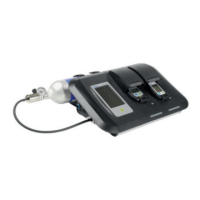
Do you have a question about the Dräger X-dock and is the answer not in the manual?
| Power Supply | 100 – 240 VAC, 50 – 60 Hz |
|---|---|
| Humidity | 10 to 95 % RH, non-condensing |
| Data Storage | Internal memory for device data, calibration data, and test results |
| Interface | USB, Ethernet |
| Device Type | Automated test and calibration station |
| Calibration | Automatic calibration |
| Bump Test | Automatic bump test |
| Supported Gases | Depends on the gas detector being tested (e.g., H2S, CO, O2, LEL) |
| Compatibility | Compatible with Dräger portable gas detectors |
Explains cost savings through reduced gas consumption of the X-dock compared to older methods.
Details advantages of a central database for data viewing, saving, and analysis with X-dock Manager.
Outlines features distinguishing Standard (user admin, Cockpit) from Professional (issue/return, report assistant).
Clarifies that database management is free, but X-dock Manager software requires a license.
Covers basic installation needs like IP configuration and firewall settings for PC software.
Describes using a USB stick to copy certificates and dataloggers from the station.
Confirms Draegerware support for X-dock with proper server installation and configuration.
Explains the scheduler's capability to automate test processes at predefined times.
Discusses datalogger lifespan based on configuration, test frequency, and data readout.
Guides on using CC Vision or Gas Vision via X-dock Manager to view datalogger files.
Addresses the current role of CC Vision and Gas Vision, with future integration into X-dock Manager.
Explains configuring devices using CC-Vision for correct test gas assignment and automatic conversion.
Details how to send reports via email using X-dock Manager with SMTP server configuration.
Provides methods to identify overdue devices by sorting or using specific reports in the Professional Version.
States that modules and masters require the same firmware for station compatibility.
Mentions support for Windows-integrated printers and postscript compliance for direct printing.
Differentiates quick bump tests (alarm level) from extended tests (sensor accuracy).
Explains quick bump tests check pre-alarm threshold with defined minimum/maximum concentrations and time.
Details extended bump tests compare actual gas concentration to device indication within a tolerance band.
Confirms tolerance setting per sensor via CC-Vision, allowing custom overrides.
Suggests connecting mixed and EX gases to the first valve for efficient sensor processing.
Allows gas application tests below alarm limits if concentrations are within an accuracy window.
States charging is available for instruments with rechargeable batteries on Plus variant modules.
Describes the pre-set individual mode for simple test start via flap closure in logged-out condition.
Allows use of other manufacturer cylinders but notes Dräger cylinders simplify configuration.
Confirms support for existing instruments after a firmware update via CC Vision.
Notes 12V operation capability, allowing use via a car's cigarette lighter.
States a purge module is not needed; the X-dock has one exhaust output for up to 10m hoses.
Explains "auto repair" option for automatic adjustment on failed tests or overdue calibration intervals.
Clarifies X-am 7000 is not supported; recommends Dräger Ecal and associated software.
Confirms bump test station support, but results are not in the X-dock database.
Confirms resistive touchscreen works with fingers, stylus, and gloves.
Explains sensor vitality supports spare parts management by issuing early warnings for dropping reserves.
Describes gas balancing monitoring consumption and level based on flow rate and test duration.
Explains an O2 bump test at 20.9% verifies sensor reaction after adjustment to fresh air.
Details the option for increased flooding with long supply lines to ensure quick testing.
Explains charging starts after a 15-minute delay after lid closure, with a reset if a test occurs.
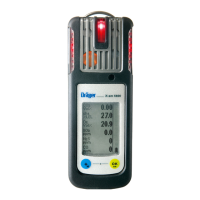
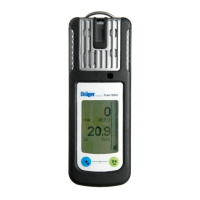

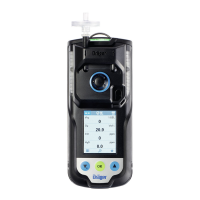

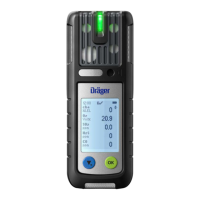
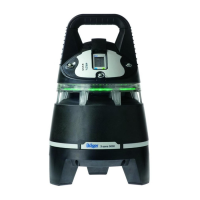
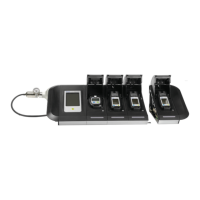
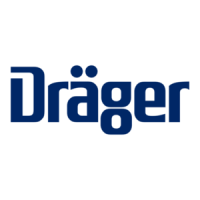


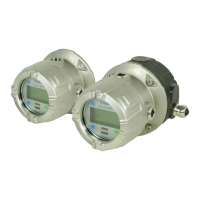
